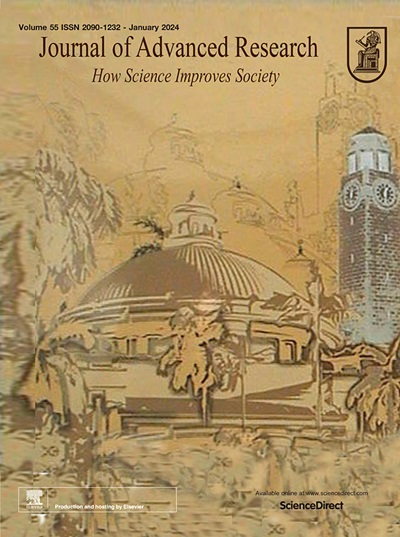Thousands-years-old deep-sea DNA viruses reveal the evolution of human pathogenic viruses
IF 11.4
1区 综合性期刊
Q1 MULTIDISCIPLINARY SCIENCES
引用次数: 0
Abstract
Introduction
In the last two decades, outbreaks of pathogenic viruses have led to significant human mortality and economic repercussions. Despite extensive investigations into tracing these viruses in terrestrial environments, their origins remain enigmatic.Objectives
The Earth’s biosphere encompasses both sunlight-dependent terrestrial and surface ocean ecosystems, as well as the sunlight-independent deep-sea ecosystem. However, the traceability of human pathogenic viruses in the deep sea has not been thoroughly explored. This study aimed to investigate the presence of human pathogenic viruses in the deep sea.Methods
In this study, we performed a viral metagenomic analysis using a global deep-sea sediment virome 2.0 dataset which contained 159 deep-sea sediment samples with geologic ages from 2,500 to 7,750 years.Results
A total of 554,664 viral operational taxonomic units (vOTUs) were identified and further obtained 2,254 potential pathogenic viruses of vertebrates. Among them, 23 vOTUs exhibited high homology with 12 species of human pathogenic viruses which belonged to 4 viral families. Notably, variola virus, the first human pathogenic virus eradicated from humans and now only found in laboratories, was discovered in the ancient deep-sea sediments. The evolution analysis showed that these DNA viruses might represent the ancestors or variants of human pathogenic viruses, suggesting that the deep sea could be a crucial reservoir for human pathogenic viruses.Conclusion
Our findings present all the ancient pathogenic DNA viruses of humans found in the deep sea for the first time, highlighting the source of the future epidemics. It is imperative to implement the stringent virus monitoring and management measures for human activities in marine environments to address the emerging challenges of marine biosecurity and promote sustainable use of oceans.

求助全文
约1分钟内获得全文
求助全文
来源期刊

Journal of Advanced Research
Multidisciplinary-Multidisciplinary
CiteScore
21.60
自引率
0.90%
发文量
280
审稿时长
12 weeks
期刊介绍:
Journal of Advanced Research (J. Adv. Res.) is an applied/natural sciences, peer-reviewed journal that focuses on interdisciplinary research. The journal aims to contribute to applied research and knowledge worldwide through the publication of original and high-quality research articles in the fields of Medicine, Pharmaceutical Sciences, Dentistry, Physical Therapy, Veterinary Medicine, and Basic and Biological Sciences.
The following abstracting and indexing services cover the Journal of Advanced Research: PubMed/Medline, Essential Science Indicators, Web of Science, Scopus, PubMed Central, PubMed, Science Citation Index Expanded, Directory of Open Access Journals (DOAJ), and INSPEC.
 求助内容:
求助内容: 应助结果提醒方式:
应助结果提醒方式:


